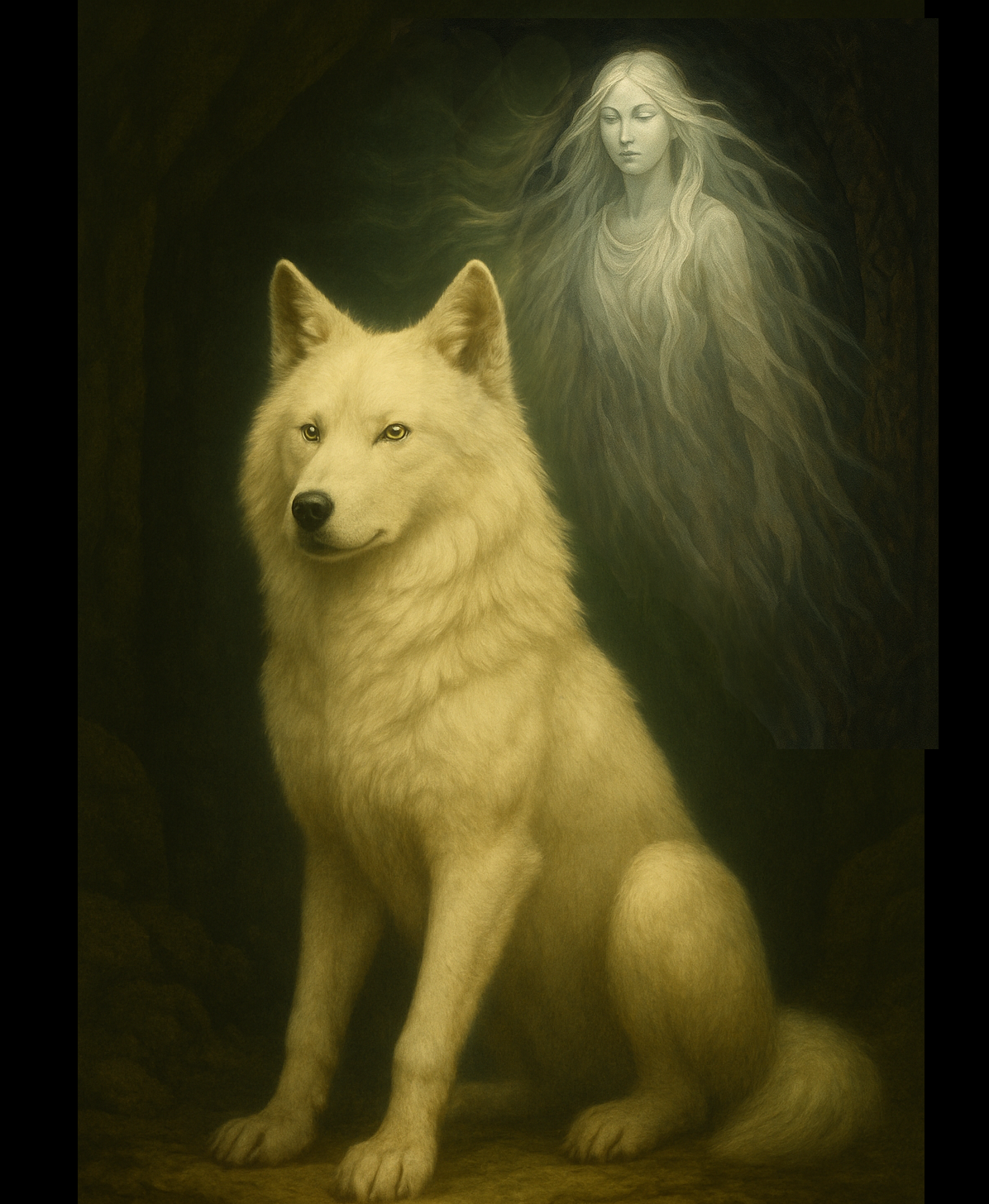
Hortensia de los Santos
Seeker of Ancient Echoes
☰ Menu
Melchizedek, Theophanies, and the Eternal Word - Part 3
How the Spanish Reacted to the Similarity
- Many conquistadors and missionaries believed the Indians must have been evangelized long ago, perhaps by St. Thomas or shipwrecked Christians.
- The Incas' expectation of Viracocha’s return may have helped them mistake the Spaniards for gods—a tragic irony.
- Some friars even recorded that Tunupa preached about sin and redemption, and was punished and exiled—eerily familiar.
Implications and Reflections
If this were true… Jesus was not exclusive to one part of the world. He may have taken different forms, adapted to different peoples. This supports a universal Logos, a cosmic Christ, as seen in John 1: “In the beginning was the Word… and the Word became flesh and dwelt among us.”
When Did These Sacred Histories Begin?
- Viracocha – pre-Inca, 1500 BCE or earlier
- The Viracocha story is far older than the Inca Empire (which rose around the 1200s CE).
- Archaeological and oral evidence ties Viracocha to the Tiahuanaco (Tiwanaku) culture, centered around Lake Titicaca.
- Tiwanaku thrived from at least 1500 BCE to 1000 CE, possibly earlier.
- Some stonework and flood myths point to a memory of events from before 2000 BCE—long before Christ.
- Feathered Serpent – 1200 BCE (Olmec)
- The Feathered Serpent deity appears in Olmec, Teotihuacan, and later Toltec and Aztec traditions.
- Olmec civilization: 1200 BCE – 400 BCE
- Teotihuacan: 100 BCE – 550 CE
- These gods predate the birth of Jesus by at least a thousand years.
- Murals and sculptures of feathered serpents appear centuries before the Christian era.
- Kukulkan (Yucatán Maya)
- Kukulkan appears prominently in the Postclassic Period (900–1500 CE), but the serpent deity motif exists since at least 500 BCE.
- Maya calendrical systems and cosmology date well before 1 CE.
- Tunupa (Aymara Regions)
- Tunupa legends are deeply pre-Incan and likely contemporaneous with or older than Tiwanaku.
- His story shares themes with Viracocha—suggesting a fusion of even older traditions.